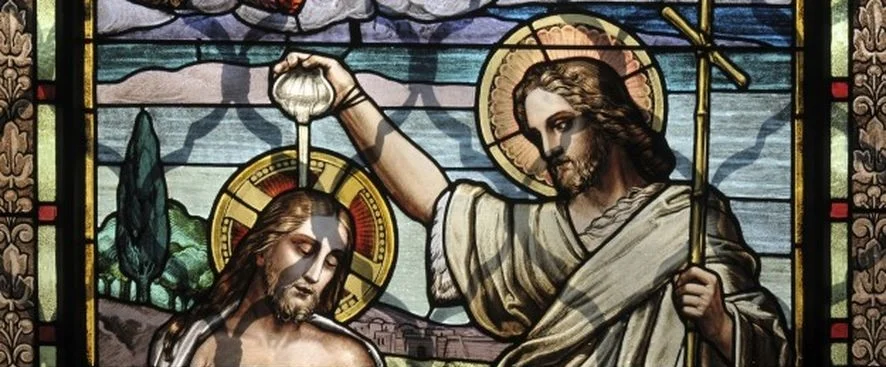The Winter Marsh (Franklin Russell)
During the night, the marsh froze hard. For days, the sun had fought the freeze. It lit the cattail water gold and spun off six-sided diamonds of light from stalks of frost. Before the freeze, the marsh was a desperately tired place: summer wreckage everywhere, blackbird feathers forlorn in gray water, the bulrushes panzer-driven. The ice changed all that. It crept in, transparent and insecure at first, and muskrats smashed through it like tiny ice breakers. The ice persisted and the marsh was torn by a tumble of ducks reaching for black-water landings in thick early snow. The ice became blue and powerful; mergansers and goldeneyes lingered in narrowing pools until, one final frozen morning, the marsh was abandoned completely. Or so it seemed. Ice set the marsh in colored stone, held it still for the wild-watching eye, the silent artist, the motionless owl.
At first, the marsh’s refrigerated death, its transfixion of all action, suggested a perfect wasteland. Nothing moved. But because there was time enough now to watch, an ample memory to stimulate, this was transparently a loose dictatorship. The ice had caught nothing unprepared. At night a rattle of dry stocks sounded, empty scabbards with the summer drawn out of them. In day, chickadees slid down the stalks and their feet encircled sleeping bees packed in vegetable corridors.
The marsh was made, it seemed, of pitiless colored stone, but this was a device to trick the transitory watcher. It moved, violent, strong, and willful. It moved and cattail jungles, still erect but shorn from their roots, moved obediently with it. A mountain wind spent days trying out different forms of snow drifts, but gave up when its designs became too complex.
The marsh blended its shores—coasts of ice decorated with flowers of frost—into snow-drifted land. An ice window showed a distorted, familiar face, and a mink flickered away underwater. Shrews drilled ice tunnels, and moles, still digging with summer energy, dropped into the water and swam off. The silent blue ice revealed nothing of the torpedoing mammals and rudely awakened fish, the drowsy, jolted insects, the hunt continuing without rebate.
Precise crow footprints walked to a chiseled hole in the ice where an old dog muskrat, deep-frozen, was revisited daily. Weasels, whiter than snow, leaped into mice-riddled drifts; desperate tenants screamed injustice. Horned owls, arrogant in the temporary absence of crows, hunted in daylight. The rabbits were hidden and the foxes were visible, the chickadees here, the kingfishers gone. The ducks must be gone or dead, but two coots defied reason and clumsy-footed across a blue arena in the dead cattail crowd. Newts, sluggish among under-ice debris, ate comatose insects and kept growing. On the coldest day of the year, they shed their skins as though mid-summer reigned.
Snow became the great democratic leveler, not only in its decorative jousts with the wind, but in its smothering of the grasses, its clothing of the marsh in wool. It fell against the sun which glittered among its crystals and petrified its purpose, revealed sexagonal bodies, and countless different flake forms radiating from heartlike cores.
The crystals settled and trapped the warmth of both atmosphere and earth. The snow might thaw, then freeze into a crust, but the warm air remained well trapped. Inside the snow, it was possible to laugh at the winter.
--Franklin Russell (1969)
###
The Winter Marsh (1969)
by Franklin Russell
Reprinted from: National Wildlife’s December Treasury (1985)
###
Some Related Images:
Darting mink.
Winter Shrew, ice tunnel.
Common shrew.
Winter Cattails
American Coot (duck).
Mergansers and Goldeneyes (ducks).
Winter salamander. Read about some winter newts here.
###
Born in 1922, Franklin Russell is a prolific nature writer, perhaps best known for his 1961 work Watchers on the Pond. Reviews of Mr. Franklin's work typically state, in one way of another, "A must." See a list of his titles on Google.















